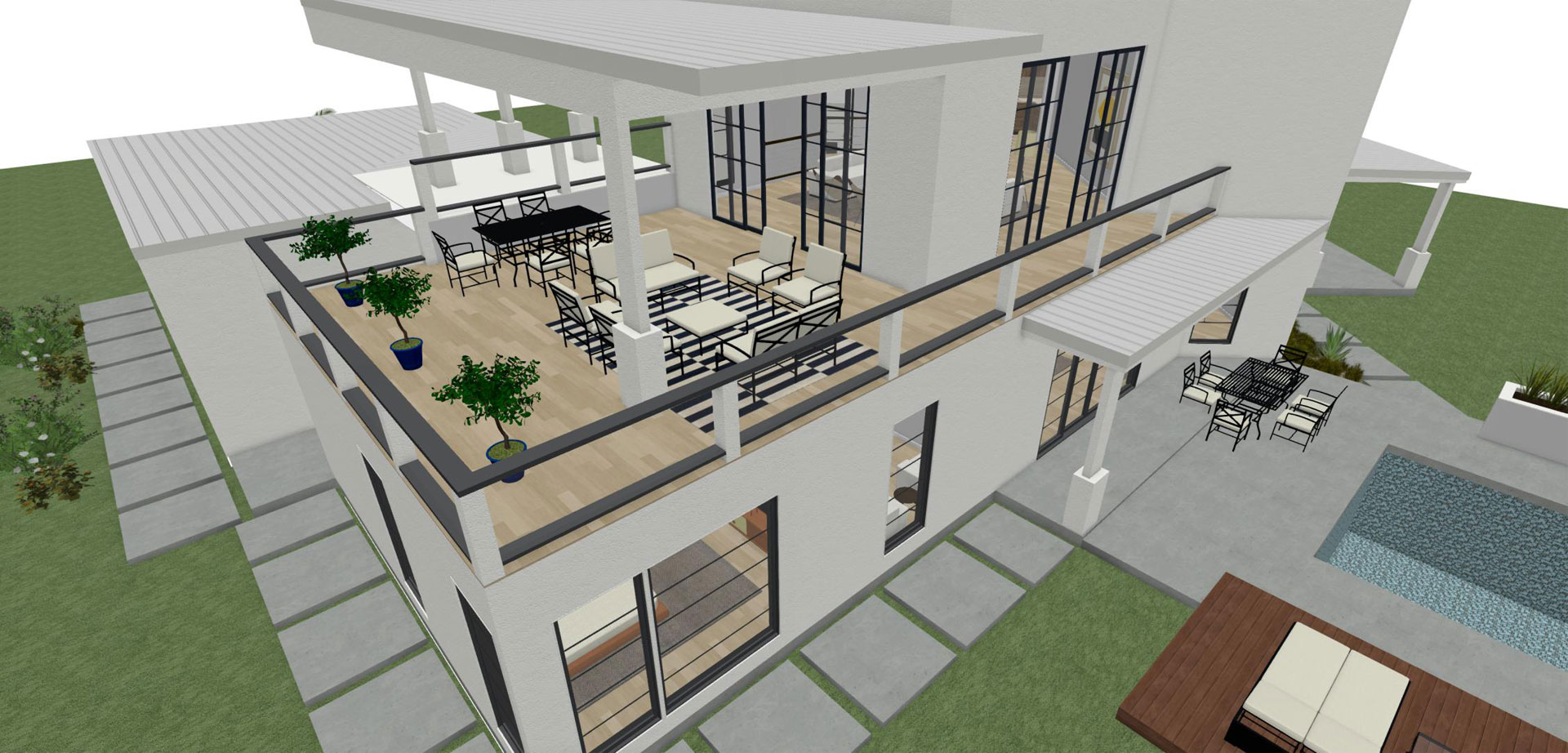Recognizing the Collaborative Process Between Architects and Engineers in Modern Construction Projects
The collective procedure between designers and engineers is essential in modern-day building and construction tasks, as it harmonizes layout intent with design usefulness. Checking out these characteristics exposes insights that might dramatically impact task end results and general market standards.
The Importance of Cooperation
The joint synergy between designers and designers is important for the successful realization of any kind of building task. This collaboration brings together unique know-how and perspectives, allowing the combination of innovative style with useful design remedies. By functioning with each other, designers and designers can make sure that a project not only meets visual and practical requirements but also sticks to safety and security, sustainability, and financial constraints.
Cooperation cultivates a common vision, facilitating the placement of objectives and expectations from the outset. This alignment is essential in dealing with possible obstacles and mitigating threats that might occur during the task lifecycle. A collective approach enables for the reliable allotment of sources, maximizing both time and cost.
The importance of collaboration encompasses the iterative procedure of layout and building, where comments from engineers can educate building choices, bring about more viable and lasting designs. Alternatively, designers can inspire engineers to believe creatively regarding just how to attain structural stability without endangering imaginative intent. Ultimately, the joint relationship in between engineers and designers is not simply advantageous; it is basic to the production of top notch, useful, and cutting-edge developed settings that meet the requirements of culture.
Interaction Methods and Tools
Efficient interaction methods and tools are essential for fostering collaboration in between designers and designers throughout the job lifecycle. Establishing clear networks of communication is necessary to ensure that all employee are straightened with project objectives, timelines, and responsibilities. Routine meetings, both in-person and online, supply possibilities for stakeholders to review development, address worries, and make notified decisions.
Using job management software application, such as BIM (Building Info Modeling) systems, boosts cooperation by enabling real-time sharing of style alterations and technological specs. These tools assist in openness, allowing engineers and engineers to imagine adjustments and assess their effect on the total job.

Shared Goals and Task Vision
:max_bytes(150000):strip_icc()/Buildingdesigns-GettyImages-912482942-db55b3af711044a3a42ad1040c6711a9.jpg)
Establishing shared goals includes open dialogue and a detailed understanding of each self-control's payments. Designers normally concentrate on style intent, spatial relationships, and customer experience, while engineers highlight architectural honesty, systems performance, and conformity with guidelines (cda architects). When these point of views are straightened, the result is a cohesive project that sticks to both creative ambitions and technological expediency
Furthermore, a distinct task vision cultivates accountability among group members, motivating each individual to take ownership of their role in accomplishing the wanted end result. Normal check-ins and collaborative workshops can further strengthen this dedication, permitting modifications to be made as the job advances. Inevitably, a shared vision not just improves synergy however likewise elevates the quality of the final deliverable, leading to successful project completion.
The Function of Modern Technology
Leveraging innovation has actually come to be necessary in improving partnership between architects and designers. The combination of innovative software program devices facilitates real-time interaction and information sharing, allowing groups to work extra effectively and efficiently. Structure Info Modeling (BIM) attracts attention as an essential modern technology, enabling both engineers and designers to produce in-depth 3D models that encapsulate style intent and structural honesty. This common aesthetic depiction minimizes misconceptions and streamlines the decision-making procedure.
Additionally, cloud-based systems enable seamless cooperation, permitting project stakeholders to accessibility and update task data from anywhere. This cultivates a society of openness and liability, as adjustments can be tracked and assessed in real-time. Additionally, mobile applications further boost communication, providing on-site groups with instant accessibility to job requirements and updates.
Arising innovations such as man-made intelligence and artificial intelligence are likewise beginning to contribute in anticipating evaluation, helping groups identify possible concerns prior use this link to they occur. Eventually, the duty of technology in architecture-engineering cooperation not only improves workflow efficiencies however likewise improves innovation, leading to even more effective project end results. By welcoming these technical advancements, engineers and designers can ensure a more cohesive and effective collective procedure throughout the building and construction lifecycle.
Case Research Studies in Effective Collaborations
Many study illustrate the profound influence of effective partnerships between designers and designers on project outcomes. One significant example is the cooperation on the High Line in New York City City, where landscape architects, engineers, and metropolitan organizers collaborated to transform an abandoned railway right into a vivid public park. This multidisciplinary strategy not just improved the visual top quality but additionally guaranteed architectural safety and environmental sustainability.
Another exemplary case is the style and construction of the Sydney Concert Hall. The collaboration in between architect JÃ ¸ registered nurse Utzon and architectural designer Ove Arup exemplified ingenious analytic. Their cooperation permitted for the famous shell-like layout while attending to intricate design obstacles, inevitably resulting in a timeless building work of art.
The Burj Khalifa in Dubai additionally shows the significance of joint efforts. cda architects. The combination of architecture and design expertise made it possible for the job team to achieve unmatched elevations while sticking to safety and security guidelines and visual vision
These examples emphasize the importance of interaction, trust fund, and shared goals. In today's complex construction setting, such partnerships are vital to browsing challenges and providing jobs that fulfill both useful and visionary objectives.
Verdict
To conclude, the collaboration between architects and designers is essential for the success of modern-day building jobs. Effective communication techniques, a common job vision, and the integration of innovative modern technologies are important elements that facilitate this partnership. By promoting a culture of accountability and leveraging devices such as Structure Info Modeling Full Report (BIM), teams can navigate project intricacies, guaranteeing that visual, useful, and sustainability purposes are achieved. Ultimately, this harmony leads to ingenious and successful job outcomes.